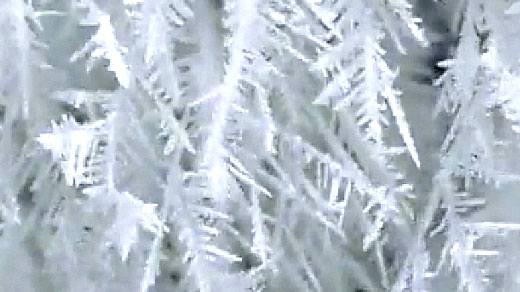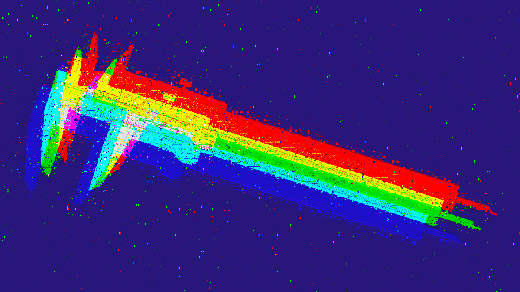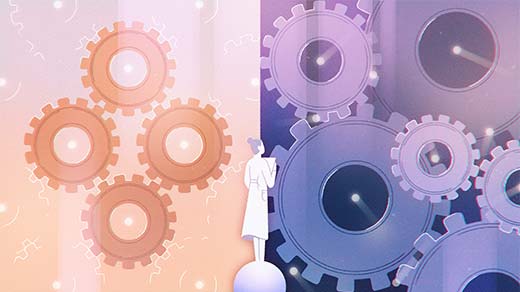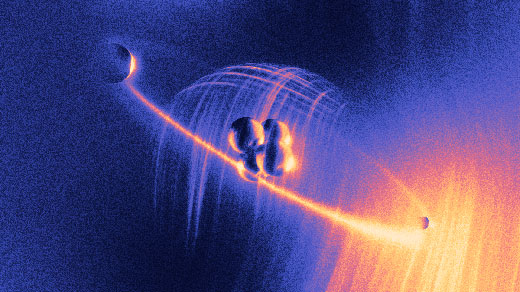What's up in
Experimental physics
Latest Articles
Experiments Spell Doom for Decades-Old Explanation of Quantum Weirdness
Physical-collapse theories have long offered a natural solution to the central mystery of the quantum world. But a series of increasingly precise experiments are making them untenable.
High-Temperature Superconductivity Understood at Last
A new atomic-scale experiment all but settles the origin of the strong form of superconductivity seen in cuprate crystals, confirming a 35-year-old theory.
Controversy Continues Over Whether Hot Water Freezes Faster Than Cold
Decades after a Tanzanian teenager initiated study of the “Mpemba effect,” the effort to confirm or refute it is leading physicists toward new theories about how substances relax to equilibrium.
How to Make the Universe Think for Us
Physicists are building neural networks out of vibrations, voltages and lasers, arguing that the future of computing lies in exploiting the universe’s complex physical behaviors.
Physicists Pin Down How Quantum Uncertainty Sharpens Measurements
Throwing out data seems to make measurements of distances and angles more precise. The reason why has been traced to Heisenberg’s uncertainty principle.
Newly Measured Particle Seems Heavy Enough to Break Known Physics
A new analysis of W bosons suggests these particles are significantly heavier than predicted by the Standard Model of particle physics.
Beyond the Second Law
Thanks to the power of fluctuation relations, physicists are taking the second law of thermodynamics to settings once thought impossible.
A New Tool for Finding Dark Matter Digs Up Nothing
Physicists are devising clever new ways to exploit the extreme sensitivity of gravitational wave detectors like LIGO. But so far, they’ve seen no signs of exotica.
An Antimatter Experiment Shows Surprises Near Absolute Zero
An experiment conducted on hybrid matter-antimatter atoms has defied researchers’ expectations.





![Illustration in which the particles of the Standard Model are arranged as sections of a circle, but the W boson is too big and doesn’t fit.]](https://www.quantamagazine.org/wp-content/uploads/2022/04/W-Boson_520x292.jpg)


